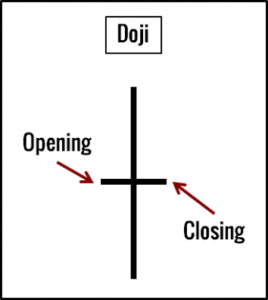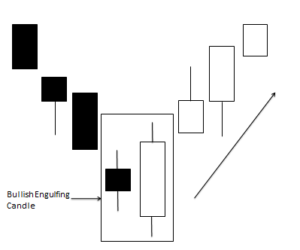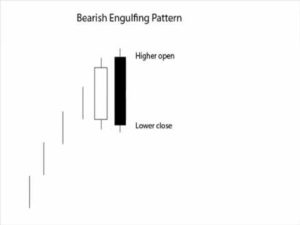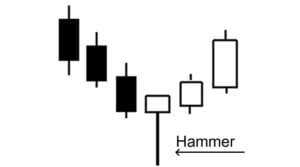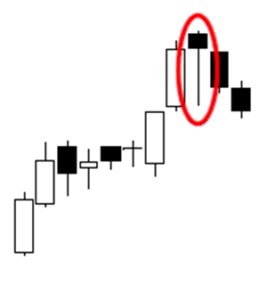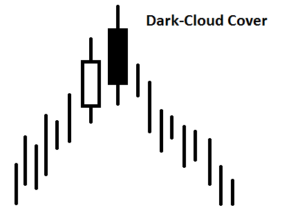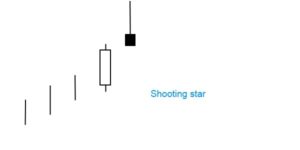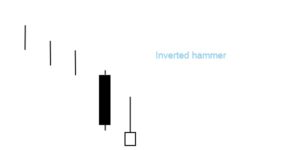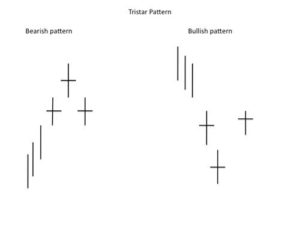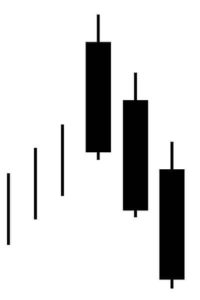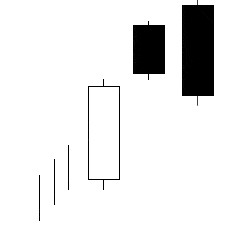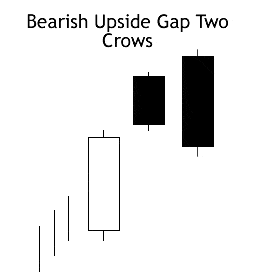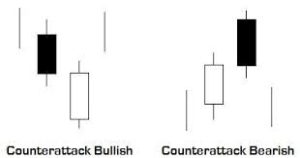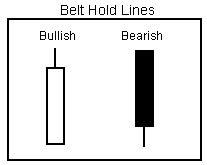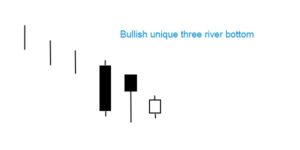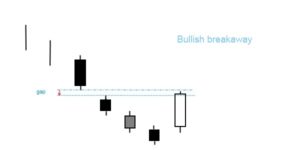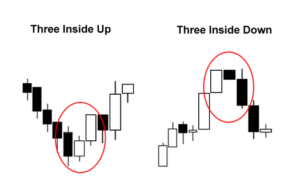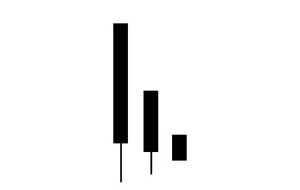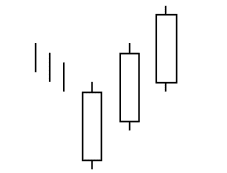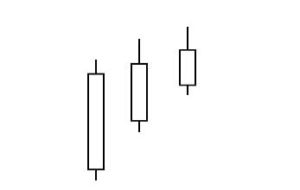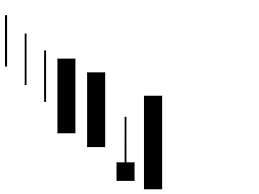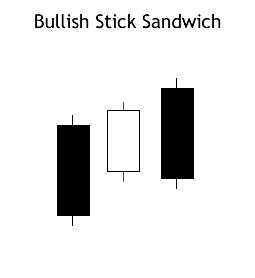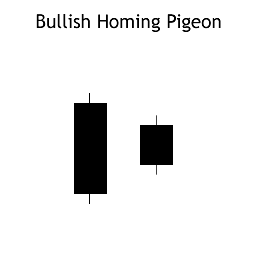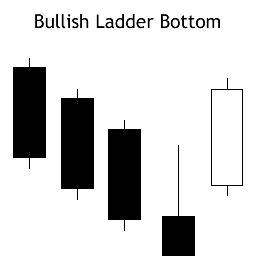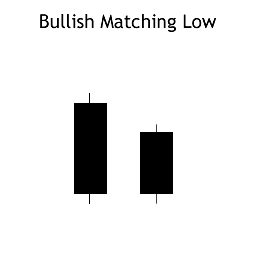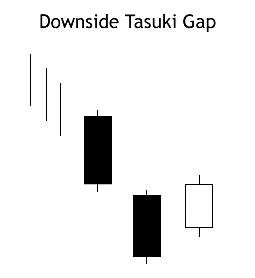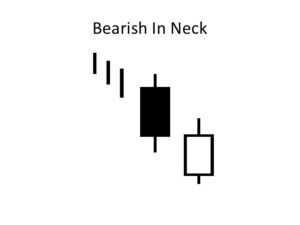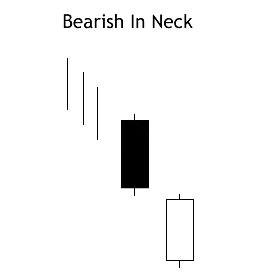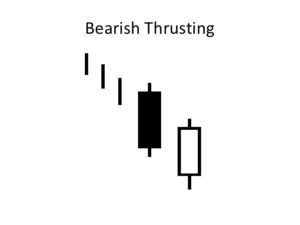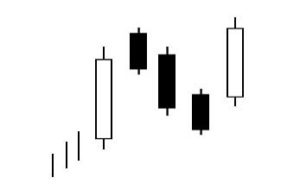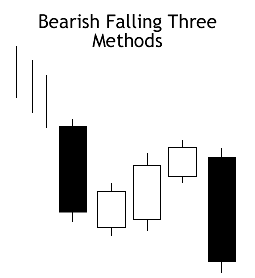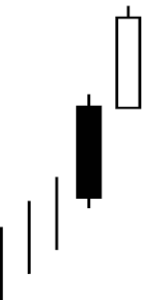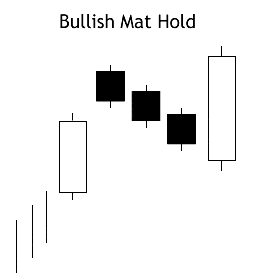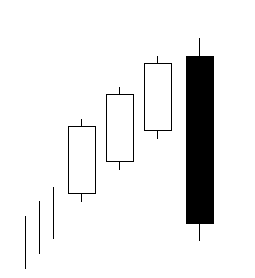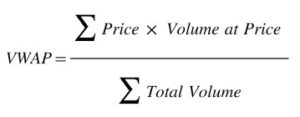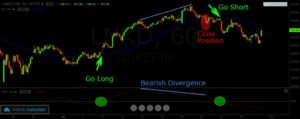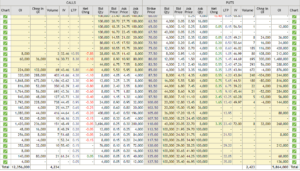INTRODUCTION:
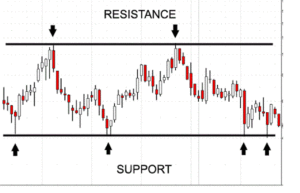 In the share market, support & resistance these two concepts are highly discussed among the trades & investors. Trading by using support & resistance concepts is considered an old methodology. It has been popular for a long time.
In the share market, support & resistance these two concepts are highly discussed among the trades & investors. Trading by using support & resistance concepts is considered an old methodology. It has been popular for a long time.
Support & Resistance play a key level in trading. And obviously each & every traders and even investors are aware about this concept/levels. Support & Resistance are the zones where price will either halt & reverse or break through. These zones can also be called supply & demand zones, where buyers & sellers are active.
It is the most powerful concepts in Technical Analysis. Most of the technical analysis use support & resistance levels to identify price points on the chart where the possibilities of prices are reversal or pause of a prevailing trend.
The past price action indicates where these zones are. Mark them on the chart for future reference. An important concept to remember is that support & resistance zones marked from higher time frame charts are relatively more reliable. If you trade the 5 min chart, then go to 15 mins or hourly chart to mark these levels & import them on your 5 min chart & observe the reactions off these.
TWO TYPES OF SUPPORT & RESISTANCE
- HORIZONTAL SUPPORT & RESISTANCE
a. Horizontal Support

The first support is called Minor support. When market return touch this level and take support & go up side, then these second support is considered as a strong support. Third time price return comes to this level & return move up side.,then this level is called Major Support. The third support is most strong.
b. Horizontal Resistance
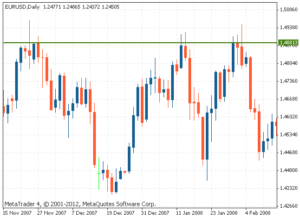
We see the price going up & stop at a level or take a resistance & return goes down. This first resistance is called minor resistance.When Price goes up again & price goes around the first resistance & goes down again, so that is Second resistance which is called as strong resistance.When the price once again becomes the resistance to the same level, then you call that level a major resistance. It is not necessary that only 3 resistances are made. There is more supply compared than demand. When we look at the Horizontal Support & Resistance chart, we have to note that at least 7 to 8 candles between the levels are deferred.
- TRENDING SUPPORT & RESISTANCE
a.Trending Support
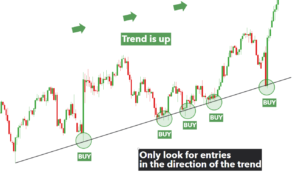
When the market starts moving towards the uptrend and when the market comes down it makes it’s first support and then it returns towards the up side.The second support is made higher than the first support. As we have got two supports so if we touch the lowest of first & second supports then it makes a Trendline. Then there are chances that third support touches the trendline & goes upside. It is a bullish continuation signal.
b. Trending Resistance

When the market starts moving towards downside then resistance is formed. When the second resistance is formed it is lower than the first resistance. We have to touch the highest point of the first & second resistance than draw the trendline. There is a possibility that the third resistance will touch the trendline & move towards the downside. It shows a bearish continuation signal.
- Importance for S&R Zones
a. Number of Touches
The more times the price tests a support or resistance area, the more significant the level becomes. When prices keep bouncing off a support or resistance level, more buyers and sellers notice and will base trading decisions on these levels.
b. Preceding Price Move.
Support and resistance zones are likely to be more significant when they are preceded by steep advances or declines. For example, a fast, steep advance or uptrend will be met with more competition and enthusiasm and may be halted by a more significant resistance level than a slow, steady advance. A slow advance may not attract as much attention.
c. Volume at Certain Price Levels
The more buying and selling that has occurred at a particular price level, the stronger the support or resistance level is likely to be. When strong activity occurs under high volume and the price drops, a lot of selling will likely occur when price returns to that level, since people are far more comfortable closing out a trade at the break-even point rather than at a loss.
d.Time
Support and resistance zones become more significant if the levels have been tested regularly over an extended period of time.
Tools for Support & Resistance
- Top & Bottom (Historical High & Low)
- Elliot Wave
- Trend Lines
- Moving Averages
- Pivot Points
- Gann Square of 9
- Bollinger Band
- Fibonacci Retracement & Extensions



